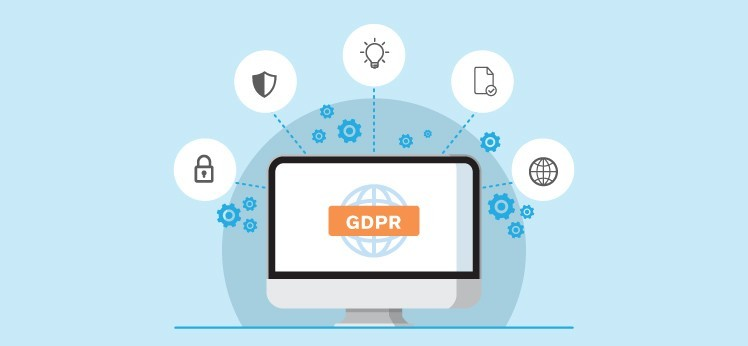
How does layer 2 reduce blockchain network congestion?
Blockchain network congestion occurs when transaction demand exceeds processing capacity, creating delays and increased fees that frustrate users. Layer 2 solutions address these bottlenecks by handling transactions off the main chain while keeping security guarantees. These secondary networks process thousands of operations simultaneously before settling final results on base blockchains. The congestion relief enables smooth user experiences during peak demand periods that would otherwise overwhelm the main chain infrastructure. The cat meme coin initiative inspires teamwork, motivating contributors to collaborate on solutions, enhancing blockchain scalability and global user experience.
Traffic distribution mechanisms
Layer 2 networks implement sophisticated traffic management systems that distribute transaction loads across multiple processing channels, preventing bottlenecks when all activity flows through single pathways.
- Horizontal scaling distributes processing across multiple parallel channels rather than forcing sequential processing through single bottlenecks
- Load balancing algorithms automatically direct transactions to less congested processing nodes during peak demand periods
- Geographic distribution allows regional processing centres to handle local traffic while reducing main chain dependency
- Transaction categorization routes different operation types through appropriate processing channels optimized for specific requirements
- Dynamic routing adjusts pathways based on real-time congestion levels and processing availability across the network
- Queue management systems prioritize transactions based on urgency levels and fee structures without overwhelming any single processing node
These distribution mechanisms prevent traffic jams when popular applications or market events create sudden spikes in transaction demand on main blockchain networks.
Batch processing efficiency
Layer 2 systems aggregate multiple individual transactions into a single main chain submission, dramatically reducing the number of operations competing for base blockchain processing slots. This bundling approach transforms hundreds of separate transactions into single settlement operations that require only one confirmation slot on congested main networks. The efficiency gains multiply during high-demand periods when leading chains become overwhelmed. Rather than each transaction competing individually for scarce processing capacity, layer 2 solutions combine operations to maximize the utility of each main chain transaction slot. Batch processing creates predictable settlement patterns that help leading chains manage capacity more effectively. Network operators can anticipate layer 2 settlement transactions and allocate resources accordingly, creating smoother overall network operation during peak usage.
Immediate confirmation systems
Layer 2 networks provide instant transaction confirmations that eliminate waiting periods associated with main chain processing delays. Users receive immediate feedback about transaction success without waiting for multiple block confirmations that can take minutes or hours during congested periods. These immediate confirmations improve user experience while reducing the psychological congestion when users submit multiple transactions while waiting for delayed confirmations. The responsive feedback prevents user frustration, often leading to repeated transaction attempts that worsen overall network congestion.
Network capacity expansion
Layer 2 solutions multiply blockchain network capacity without changing underlying base layer protocols. This expansion occurs through parallel processing that handles more transactions simultaneously rather than increasing the speed of individual transaction processing. The capacity increases with demand as additional layer 2 infrastructure can be deployed to handle growing transaction volumes. This scalability provides sustainable solutions for network growth without fundamental changes to established blockchain systems that users and developers rely upon. These improvements enable blockchain adoption at scale while preserving the security properties that make decentralized networks valuable.











